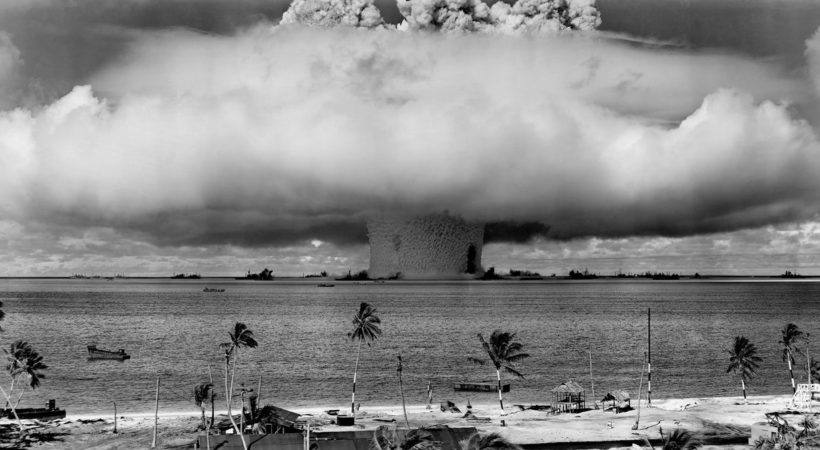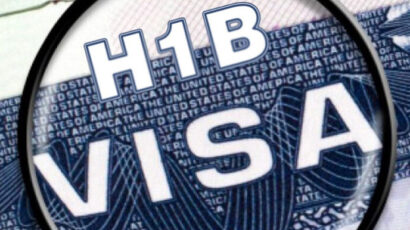75 Years after Hiroshima, Threat Remains

75 years ago, on August 6, 1945, the US dropped an atomic bomb on Hiroshima, Japan—killing tens of thousands of people, leveling the city, and unleashing a nuclear arms race that still threatens humanity.
Yet, far too little has been done to ensure that nuclear weapons are never used again, write 3 Red Cross leaders in a Sydney Morning Herald commentary.
“To this day, no city can prepare for an atomic bomb, and no nation can effectively respond to one. Thousands and even millions of civilians would be killed and injured, and no one would be able to help,” write Ross Pinney, Peter Maurer, and Francesco Rocca.
Hiroshima’s survivors still live with the consequences, NBC reports.
“It’s too late to stand up after everyone dies,” says Masaaki Takano, 82, who walked home from school under the blast’s toxic “black rain.”
But as the aging survivors die, there is a risk their stories could be forgotten—while ~13,400 nuclear weapons linger in stockpiles, mostly in the US and Russia. Yet those countries still plan to spend $1.7 trillion+ upgrading their arsenals, at a time that a deadly pandemic has buckled the global economy.
“No matter how much money we spend to harden our infrastructure against a terrorist threat, that does nothing to defend us against a tiny invisible virus,” says Daryl Kimball, the Arms Control Association’s executive director. “I think this is the time to seriously rethink the role of nuclear weapons.”
Courtesy: Johns Hopkins Bloomberg School of Public Health















